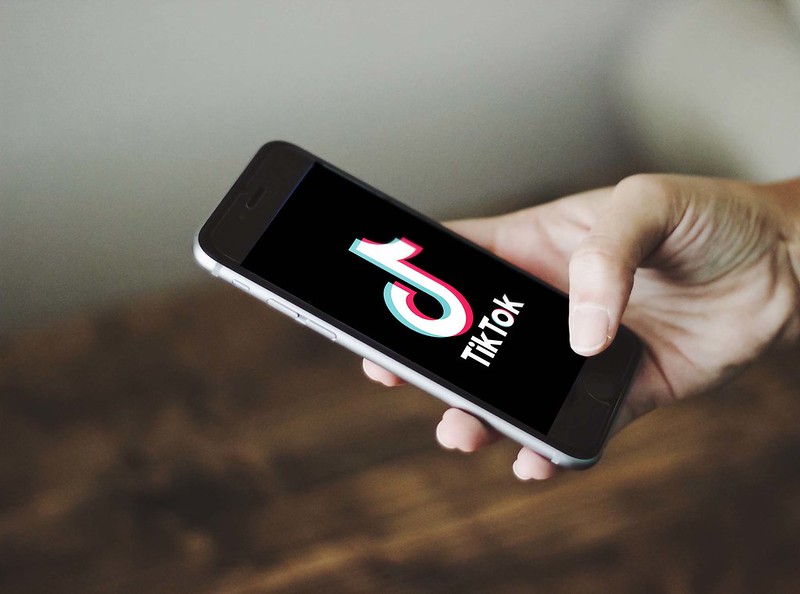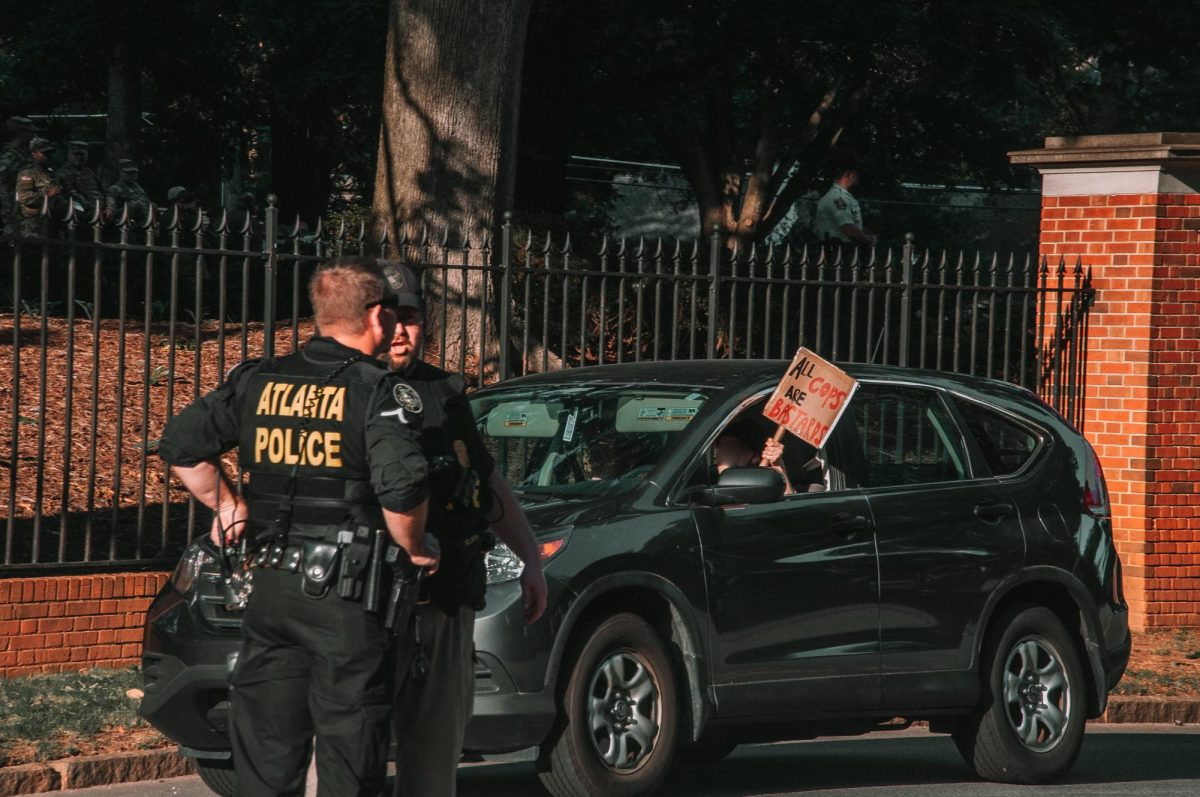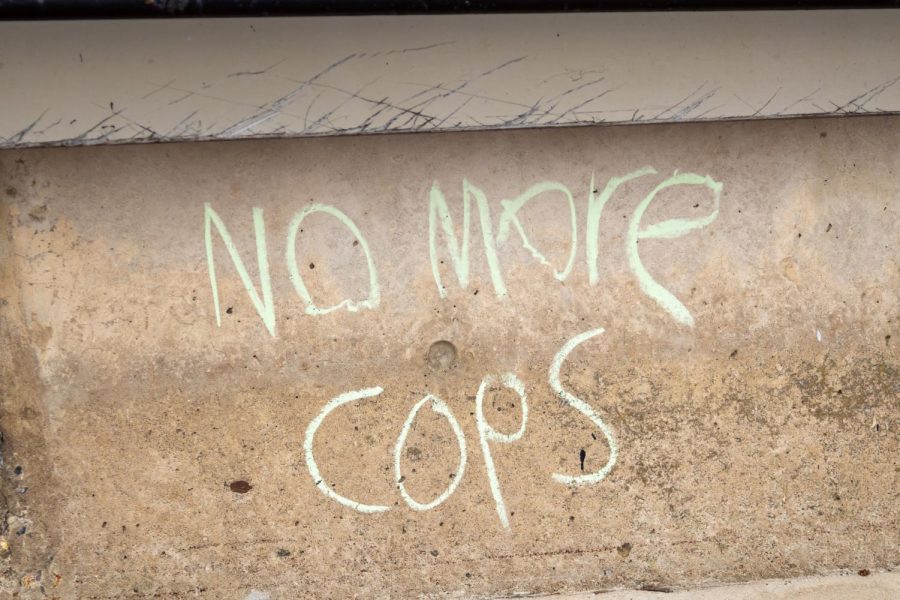If you have been following the news at all for the past few weeks, you would be forgiven for thinking a plague of biblical proportions has descended upon us. A novel coronavirus has been rapidly spreading throughout the globe, with most cases concentrated in China. The number of infections continually increases, accompanied by disease-caused deaths. The fast-spreading nature of the new virus has the world reeling in response.
Twitter, of course, only adds fuel to the fire. One recent viral tweet includes a close-up picture of a Chinese man saying goodbye to his wife as he departs for, what seems like, a sure death in the service of treating coronavirus patients in Wuhan. The doctor’s wife has tears streaming down her face. This image tugs at the heartstrings of even the most hardened viewers. It’s indicative of the general feeling of anxiety felt by many regarding the virus.
The panic seems to have also set in among many governments worldwide. The U.S. State Department “issued a travel advisory telling Americans not to travel to China because of the public health threat posed by the coronavirus.” This is a Level 4 advisory – the highest level that is “reserved for the most dangerous situations.” In Italy, “thousands of passengers had been blocked from leaving a cruise ship…for more than 12 hours over concerns that someone aboard might have had the virus.” This case ended up being “a false alarm,” which goes to show how seriously governments everywhere are taking this virus.
International organizations are similarly worried. The World Health Organization (WHO) declared a public health emergency over the coronavirus last week. As a result, “various countries have taken steps to close borders or cancel flights in recent days, and companies like Google, Ikea, Starbucks and Tesla have closed their shops or stopped operations.”
In doing the research for this article, I found myself being swept up in the paranoia. The circumstances seem never to have been more dire – and, since governments are reacting this way to the disease, shouldn’t everyone be concerned about it?
So far, the reality of the coronavirus is actually less serious than media reports would suggest. For instance, “‘the main reason for [the WHO] declaration is not what is happening in China but what is happening in other countries’…. The concern is that it could spread to countries with weaker health systems.” Though most of the confirmed cases have been confined to China, “declaring a global emergency allows the WHO to support lower and middle income countries to strengthen their disease surveillance and prepare them for coronavirus cases.”
Moreover, the symptoms of the coronavirus are relatively mild. According to the Centers for Disease Control (CDC), “common signs of infection include respiratory symptoms, fever, cough, shortness of breath and breathing difficulties. In more severe cases, infection can cause pneumonia, severe acute respiratory syndrome, kidney failure and even death.” However, preliminary estimates of the death rate are around two percent. Compare that to SARS, an outbreak of which occurred in the early 2000s, which had a death rate of 9.6 percent.
The most astounding metric of this coronavirus is who is actually being infected. According to the New York Times, “an examination of the information provided by the [Chinese] government about the initial deaths show [sic] a disease that has thus far largely killed older men, many of who had underlying health problems.” Among the victims from the first few weeks, “the median age was 75.” Some of the underlying health problems included “cirrhosis of the liver, hypertension, diabetes and Parkinson’s disease.” Additionally, no deaths have been reported outside of China, and U.S. officials are confident that Americans are at low risk of being infected provided they have had no contact with people who have recently traveled to China.
It seems like every few years, a new disease rises from the ether and threatens our very way of life. The reader may recall Ebola, the virus from Africa that spread to the U.S. and caused a media panic beyond even that of the coronavirus. While Ebola actually had serious symptoms, the panic died down within weeks of the first reported case. Similarly, there was a seemingly very serious vaping illness that was sweeping the American youth at the end of 2019.
The coronavirus panic seems, to me, to be an overblown media spectacle, repeated every few years with new symptoms and a different origin country. I’m not sure if this happens as a result of newspapers feeling the need to attract clicks on their websites, or a general lack of due diligence on the part of journalists, or a genuine concern for people to be aware of the issue. Probably it is a combination of the three. Either way, this just goes to show that media consumers should be more skeptical of the bottom-line message being given to them – particularly when the news is apocalyptic in nature.
Greg Fournier is a Collegian columnist and can be reached at [email protected] and followed on Twitter @greg_fournier.



















M Loomer • Mar 22, 2020 at 4:19 pm
To V Hefeman:
The writer stated “The coronavirus panic seems, to me, to be an overblown media spectacle, repeated every few years with new symptoms and a different origin country”.
At no point did he call it a hoax.
Statistics from the Diamond Princess and South Korea, along with those emerging from other nations are now supporting what was originally reported in the Chinese dataset; that morbidity and mortality are overwhelmingly seen in persons 75 and older or with concurrent chronic disease. Dr. David Katz of the Yale-Griffith prevention center does a good review in his Opinion piece for the NYT on March 20.
News outlets have fanned panic by CONSTANTLY emphasizing the emergency in Italy where virus mortality is about 5%, but without noting that Italy has an inverted population growth model and that the mean age of those whose deaths have been attributed to the virus is 81 years. Giovanni Rezza, Italy’s chief immunologist, noted to the Wall Street Journal that, when factored for age, the mortality rate in Italy is lower than in China.
But for the MSM, if it bleeds it leads.
V Hefeman • Mar 19, 2020 at 3:22 pm
Wonder if the writer still believes Covid-19 is a hoax?
Beeker Mcghee • Mar 14, 2020 at 11:49 pm
Oh Dear
Ed Cutting, EdD • Feb 4, 2020 at 12:20 pm
The problem is that the Chinese military has been conducting research into biological warfare for some time — in violation of international law — and they do it in Wuhan. Hence the immediate fear is that something escaped from the “level 4” containment lab.
.
And then there are reports of a mysterious “smog” in Wuhan which many attribute to the mass burning of dead bodies — it’s estimated that the death toll is much higher than the Politboro is admitting…
.
Do not forget that the Spanish Flu killed more Americans than WWI. That happened….
joeyd • Feb 3, 2020 at 8:04 pm
First quarantine in 50 years.. we are all going to die. Spanish flu 2.0. YOLO party time
Rydgerg • Feb 3, 2020 at 3:15 pm
I like the sentiment of the article but the medical facts are very jumbled up. Sever accrue respiratory syndrome (SARS) as you said is a symptom of the novel coronavirus and you try to compare mortality rates of the virus with SARS?